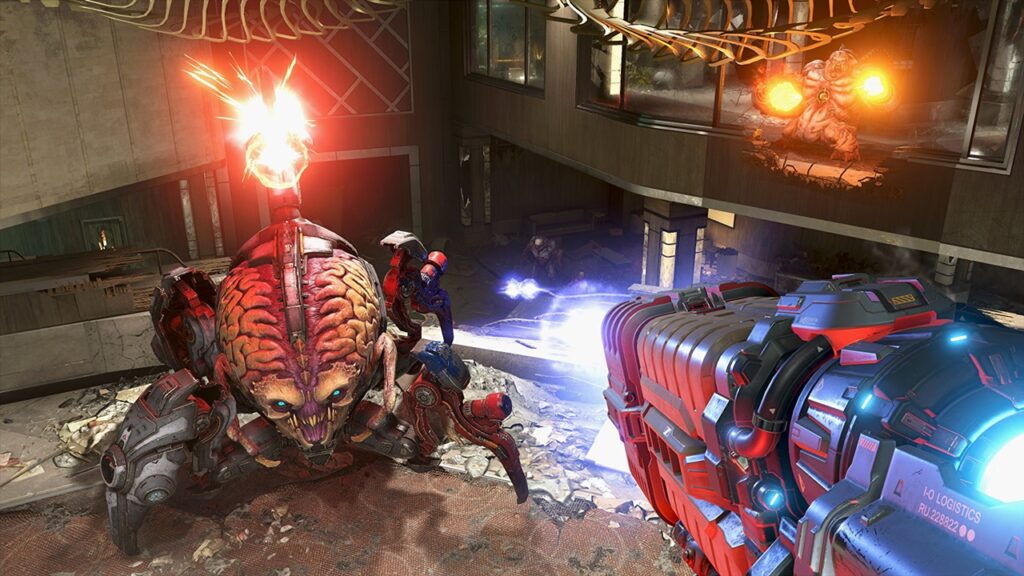Microsoft aims to improve ray-tracing performance, especially on graphics cards with low memory. In this context, the tech giant has filed a new patent application. The innovation for ray-tracing focuses on minimizing the technology’s memory burden.
Microsoft could bring ray-tracing to mid-range graphics cards
Currently, ray-tracing technology requires a significant amount of memory bandwidth, leading to substantial memory usage by the graphics card. As a result, budget-friendly mid-range graphics cards struggle with ray-tracing.

Microsoft’s patent adopts a dynamic approach that adjusts ray-tracing quality in real-time based on system resources. According to Microsoft, objects deemed more important will be processed at higher quality, thereby restricting memory usage for less important elements.
Microsoft’s innovation could open up a new chapter for mid-range graphics cards with 8GB or less VRAM. The system’s adaptable nature may allow the graphics card to be tailored to different gaming and application workloads.
This could further popularize real-time ray-tracing technology in the gaming and graphics industry. However, it’s unclear how Microsoft will deliver this feature. It could potentially collaborate with graphics card manufacturers to introduce a new design on the hardware level.

What do you think about this topic? Can ray-tracing technology become mainstream? You can easily share your answers with us in the comments section below. Your opinions are very valuable to us.














